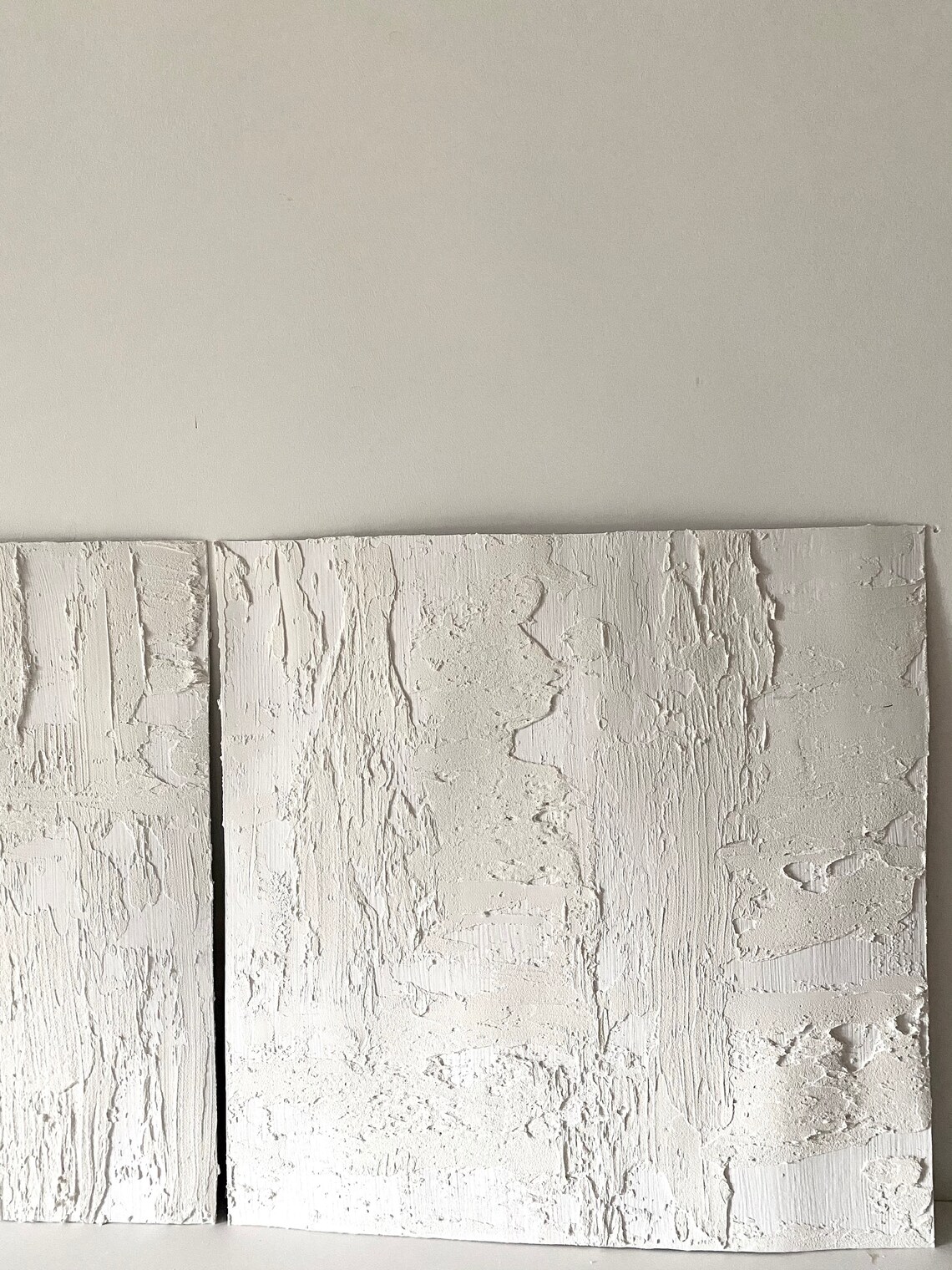

It has been posthumously rehabilitated, if not sanctified, of course. That first gallery shows off two freestanding works by Rodin, one of which is that monstrous public tribute to Balzac, which the burghers of Paris rejected out of hand. In short, the staging all feels a bit impromptu and make-do.īut what of the content? Let’s rewind for a moment. The catalogue lists 96 of them, including sculptures by the likes of Rodin, Camille Claudel, and Medardo Rosso. That sense of calm and manageable flow-through is absent from After Impressionism, which begins in a gallery whimperingly small, and then opens out into various other spaces that are subdivided by the odd party wall as needs must - an awful lot of works have to be accommodated. This means that individual marvels are living much more hugger-mugger these days - just take a look at the crowded company that Giovanni Bellini’s “Doge Loredan” is currently keeping.
Plaster on canvas art how to#
How to make up for that loss? Other spaces have had to be commandeered upstairs, mostly those occupied by the permanent collection. At least those galleries had a real sense of flow-through. This means that those little-loved subterranean galleries, where most of the big traveling shows are usually put on, can no longer be staged there. Its Sainsbury Wing is closed for renovation for the foreseeable future.

One is to do with the National Gallery itself and its available hanging spaces. So let’s set out the difficulties of this project. Isn’t that wholly unsurprising, though, since it’s packed to the gills with paintings by all those crowd pleasers we just know we love to love, such as van Gogh and Gauguin and Toulouse-Lautrec and Picasso and Matisse and Kandinsky? What is undeniable, as I try to fight my way in through the crowds, just one day after it’s opened to the public, is how popular this show is proving to be. Musée d’Orsay, Paris (© Musée d’Orsay, Dist. Impressionism didn’t end in 1884, did it? They weren’t all dead by then, were they? Wasn’t Monet, for example, chuntering on for decades, in fact getting better, and becoming less of an Impressionist perhaps, as his eyesight began to fail? Why is Monet not included in this show? Why did he get left out? Emile Bernard, “Pardon, Breton Women in a Meadow” (Le Pardon, Les Bretonnes dans la prairie) (1888), oil on canvas. Why, for example, is this blowsy nude by Lovis Corinth part of the mix? What’s he doing here? Ah yes, it’s because a curatorial decision was made to pull in what was happening in a few capital cities other than London and Paris over these very same decades.


 0 kommentar(er)
0 kommentar(er)
